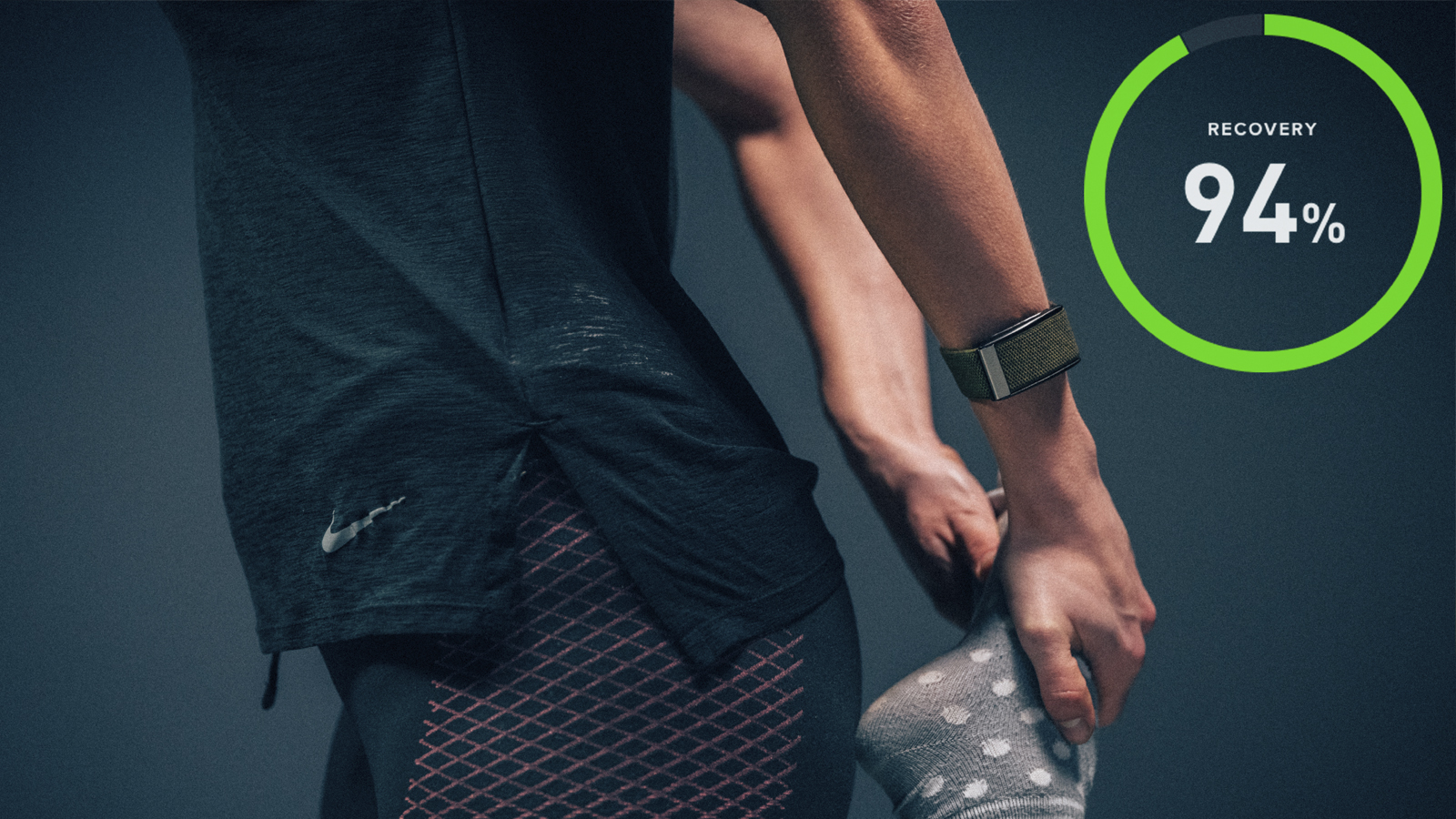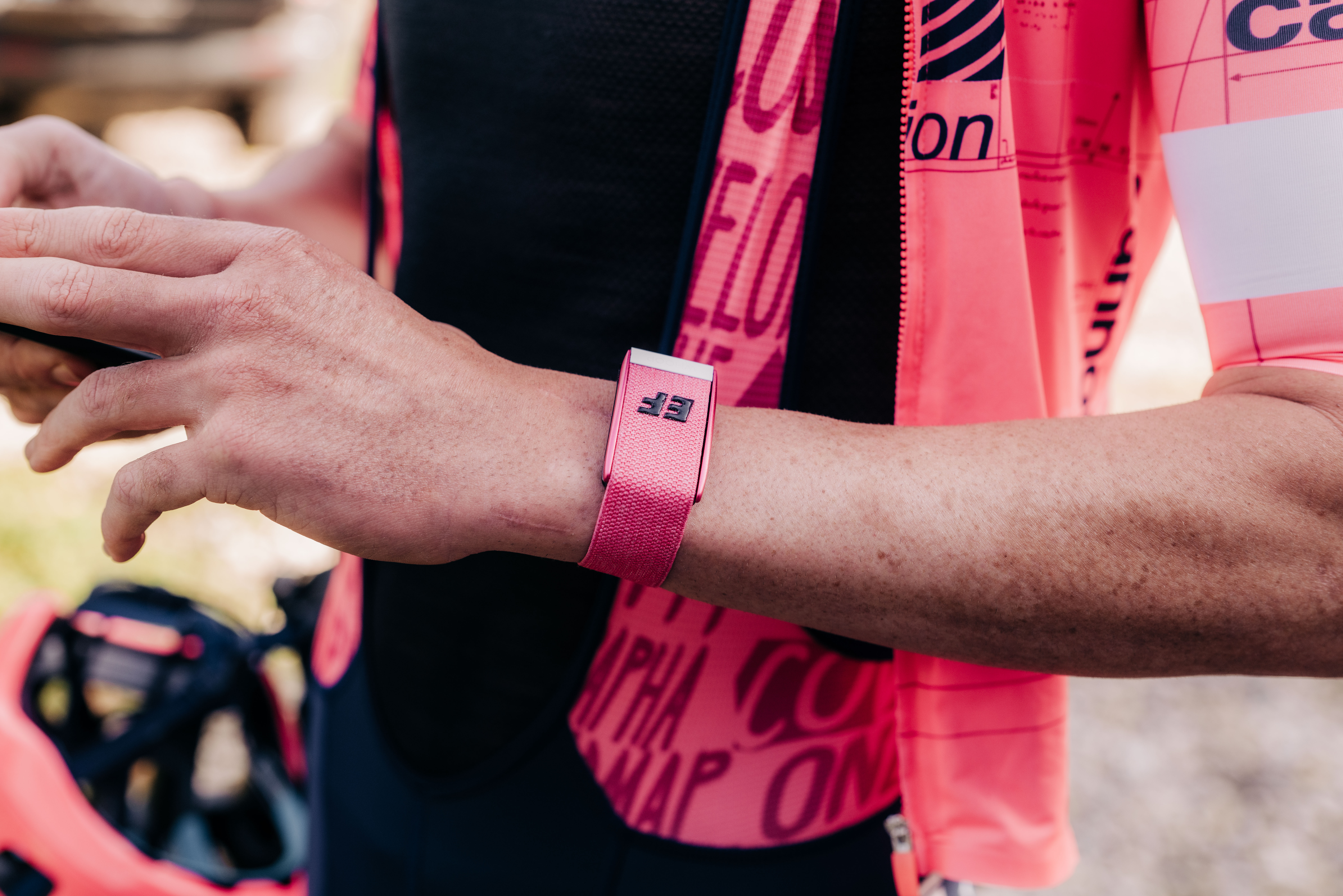How to tell when you're overtraining
Use WHOOP to guide your training and prevent illness and injury
Every cyclist wants to ride faster, stronger, and longer, which means training. We’ve learned a lot about how to train efficiently and with the focus on maximising training time using highly targeted intervals, it's never been easier to tick over the line into overtraining.
The process of running the body down and forcing it to adapt to this increased strain is what we would otherwise recognise as fitness; however, push too far into the rundown state, and you run the risk of injury, illness, and fitness plateaus.
Ensuring you’ve allowed your body enough time to recover is the key to riding faster, stronger and longer, but it’s also probably the most neglected part of any rider's training regime. Most of us have power meters to measure our efforts within +/- 1%, but rely on feel or weighted averages to quantify how you bounce back.
You wouldn't rely on feel for a set of VO2 max intervals, so why do the same when it comes to recovery?
WHOOP is one such tool that can help quantify how you are recovering based on how your body responds to training strain. Using a sleek optical heart rate sensor that reads your pulse 24/7, without any downsampling to save battery as some other fitness trackers do, WHOOP can offer a second by second account of your fitness and recovery.
Red light, yellow light, green light

Your body is always striving towards maintaining homeostasis. Whether you’ve just ridden 100-miles or you’re binge-watching Too Hot to Handle on Netflix, your body is governed by the sympathetic and parasympathetic arms of the autonomic nervous system. These two systems are constantly at odds with one another, and it’s this competition that gives us an inside look at how the body is coping with training load.
The competition between these two systems can be quantified using heart rate variability or HRV and is one of the main factors in the WHOOP recovery algorithm. HRV is the measure of the difference in the interval between your heartbeats; high variability means both sides of your nervous system are on equal footing, and you’re body is coping and ready for more strain. If your HRV is low, it means your heart is less responsive to outside inputs — or in layman's terms, you’re tired — and the work you’re putting in may lead to less adaptation.
Although HRV is a reliable way to tell if your body is ready to push or rest, it's not the be-all and end-all. It's why WHOOP also takes into account your resting heart rate, respiratory rate, and sleep performance, so it can provide you with more accurate recovery insights. With each of these factors in mind, when you wake up each morning, the WHOOP app spits out a Recovery percentage, which is designed to serve as an estimation of your cardiovascular capacity for that day.
Keep topped up

We like to think of our bodies as the fuel tank of a car. Your gas tank can only hold so much; your day's activities will drain the tank, and your night of sleep fills it back up.
So a big ride, followed by a poor recovery, leaves your fuel reserves depleted. Should you continue to back those poor recoveries up with hard sessions, you will be left running on fumes.
Using the data gleaned from the heart rate sensor on the WHOOP 3.0 strap, the app will assign your recovery a red, yellow, or green, which provides easily digestible feedback, especially helpful since you’re yet to have your morning coffee.
Based on your previous night's recovery, WHOOP will also recommend an optimal strain for the day. If you were to hit your optimal strain score every day, you should see incremental and gradual improvements to HRV and RHR, and in turn fitness. Should you blaze past your recommended strain you’ll be in the territory of overreaching.

While overreaching sounds bad, doing so in a controlled manner can help to accelerate your adaptation and fitness — this is called functional overreaching. If you reach too far, and you may fall over the edge into the abyss of overtraining or what’s called non-functional overreaching.
Finally, there is restorative training, when you’re well below your optimal load for the day. In this phase, you’re only taking the fuel tank down by a quarter or half, and your body can easily manage the refill each night.
But, it’s not just riding that puts strain on your body. Work, family, chores, and lifestyle choices like diet and alcohol consumption can all pull resources away from your energy systems and affect recovery.
WHOOP doesn't discriminate from stress derived from a bike ride or a stressful presentation at work, and helps you contextualise how the rest of your life affects your training. With the strap keeping track of your HRV, RHR, and respiration rate, WHOOP can tell you when it's time to take your foot off the gas, or when it’s time to stomp it to the floor and push.
To learn more about WHOOP go to join.whoop.com/cyclingnews. When you sign up for a month-to-month membership you'll get the first month and band free.
Get The Leadout Newsletter
The latest race content, interviews, features, reviews and expert buying guides, direct to your inbox!
Cyclingnews is the world's leader in English-language coverage of professional cycling. Started in 1995 by University of Newcastle professor Bill Mitchell, the site was one of the first to provide breaking news and results over the internet in English. The site was purchased by Knapp Communications in 1999, and owner Gerard Knapp built it into the definitive voice of pro cycling. Since then, major publishing house Future PLC has owned the site and expanded it to include top features, news, results, photos and tech reporting. The site continues to be the most comprehensive and authoritative English voice in professional cycling.
